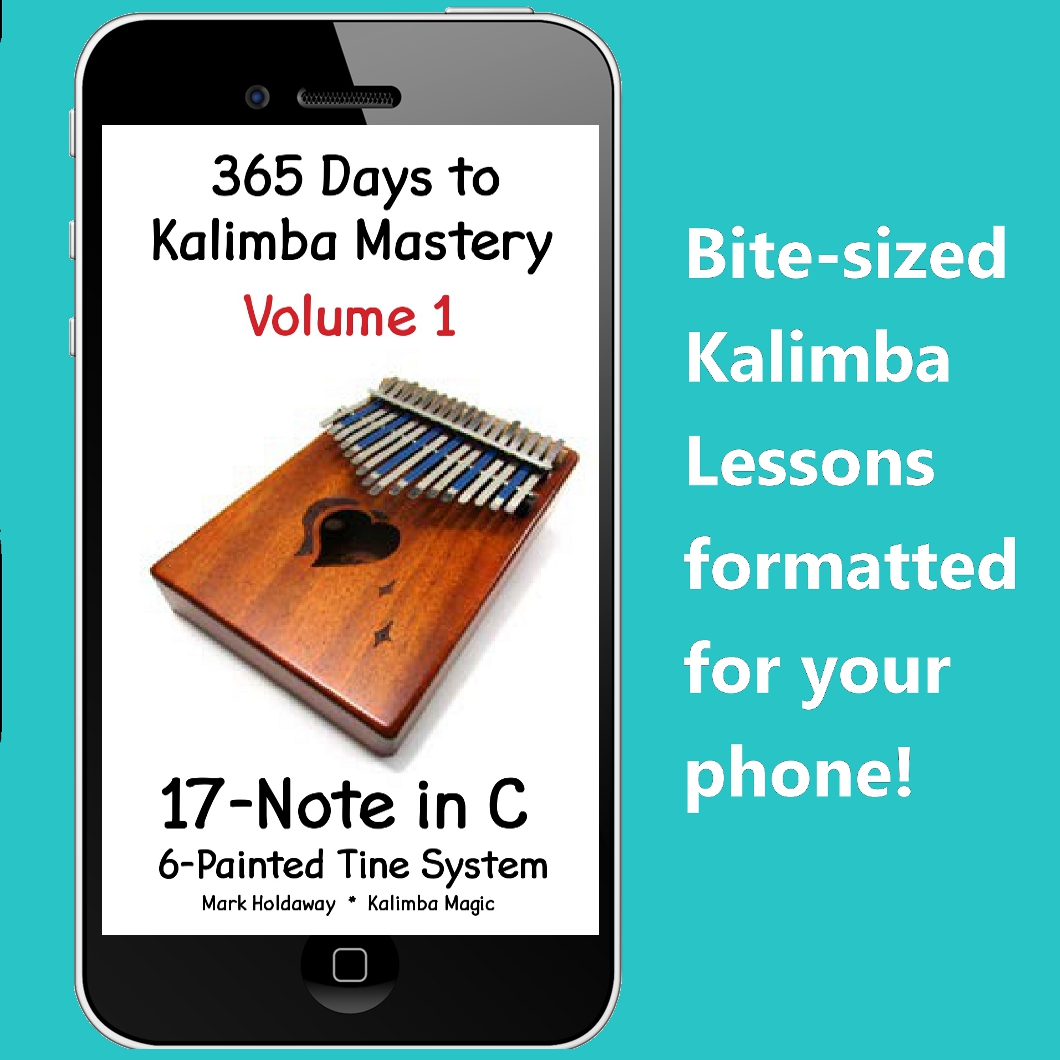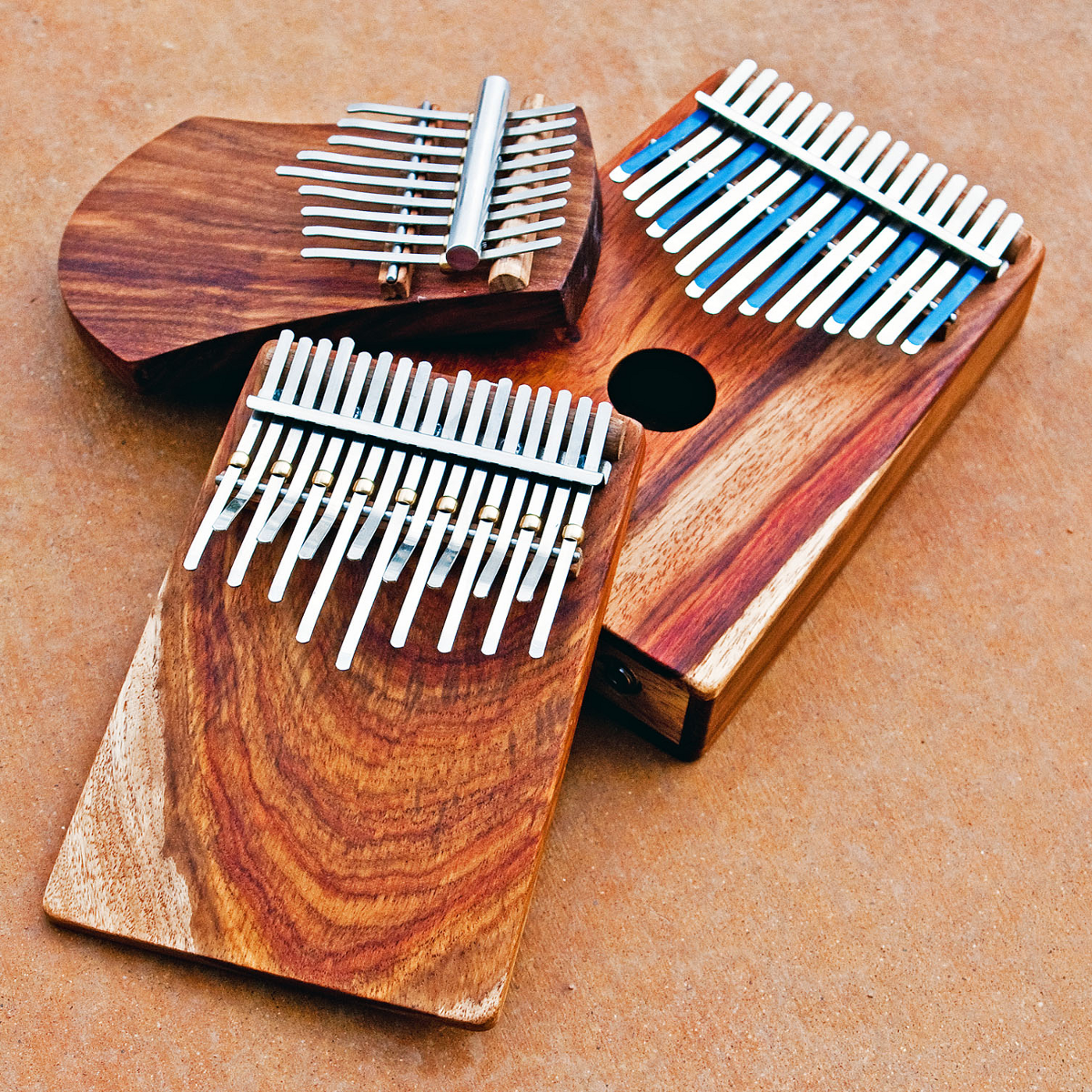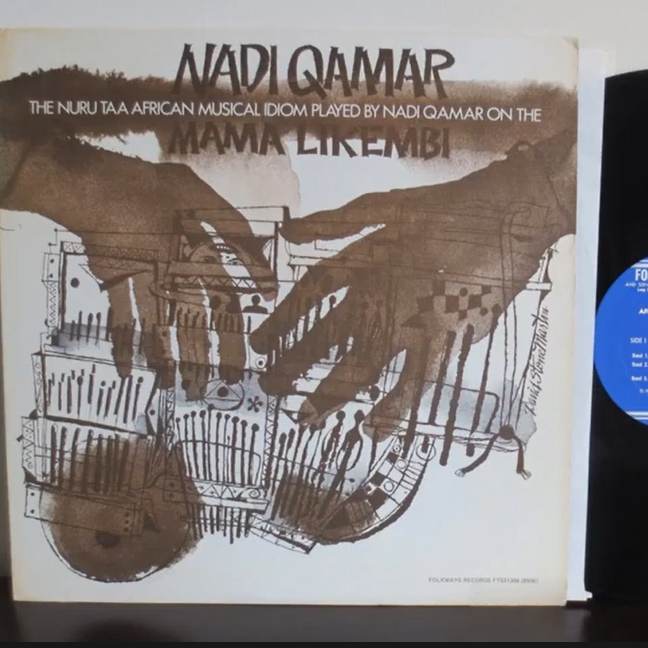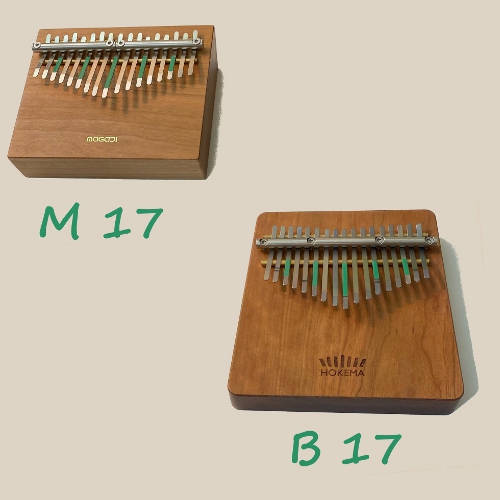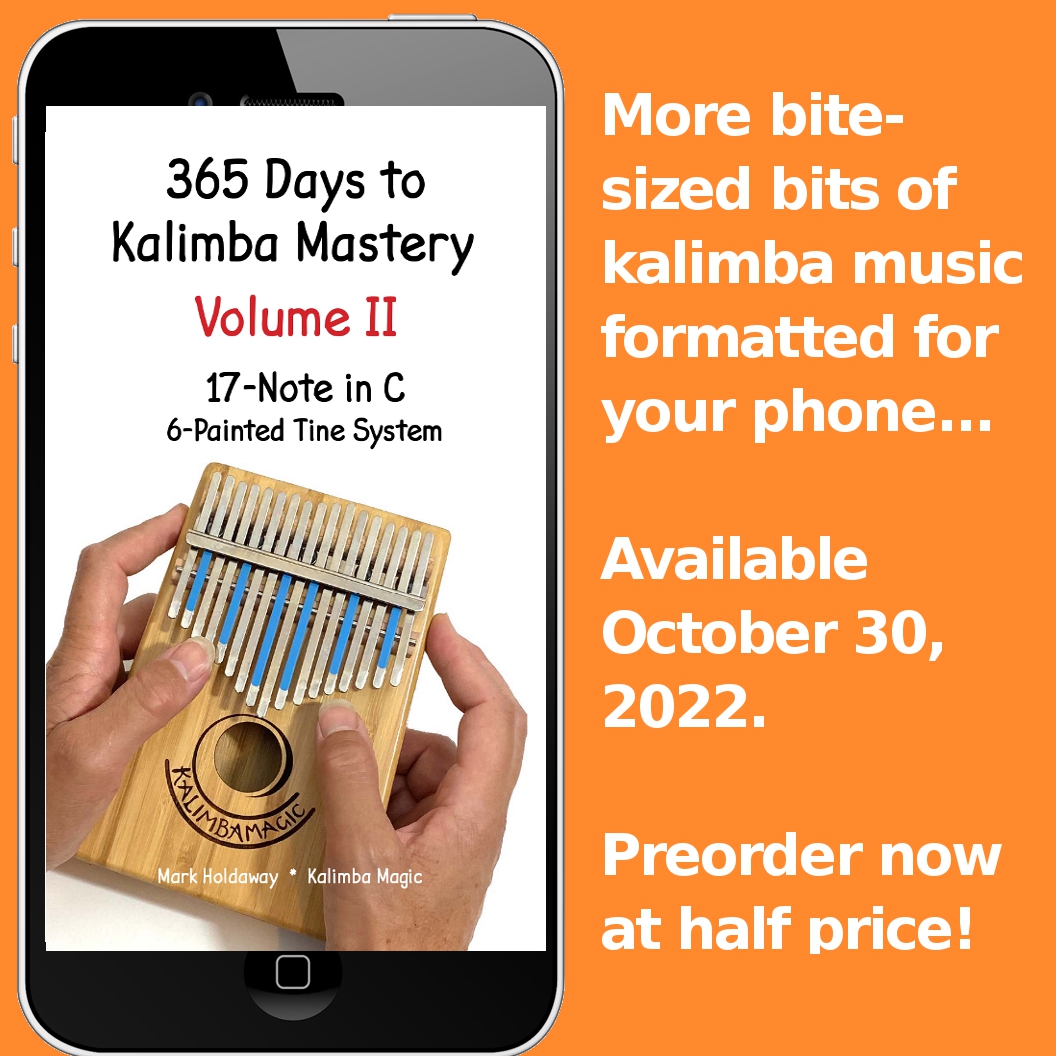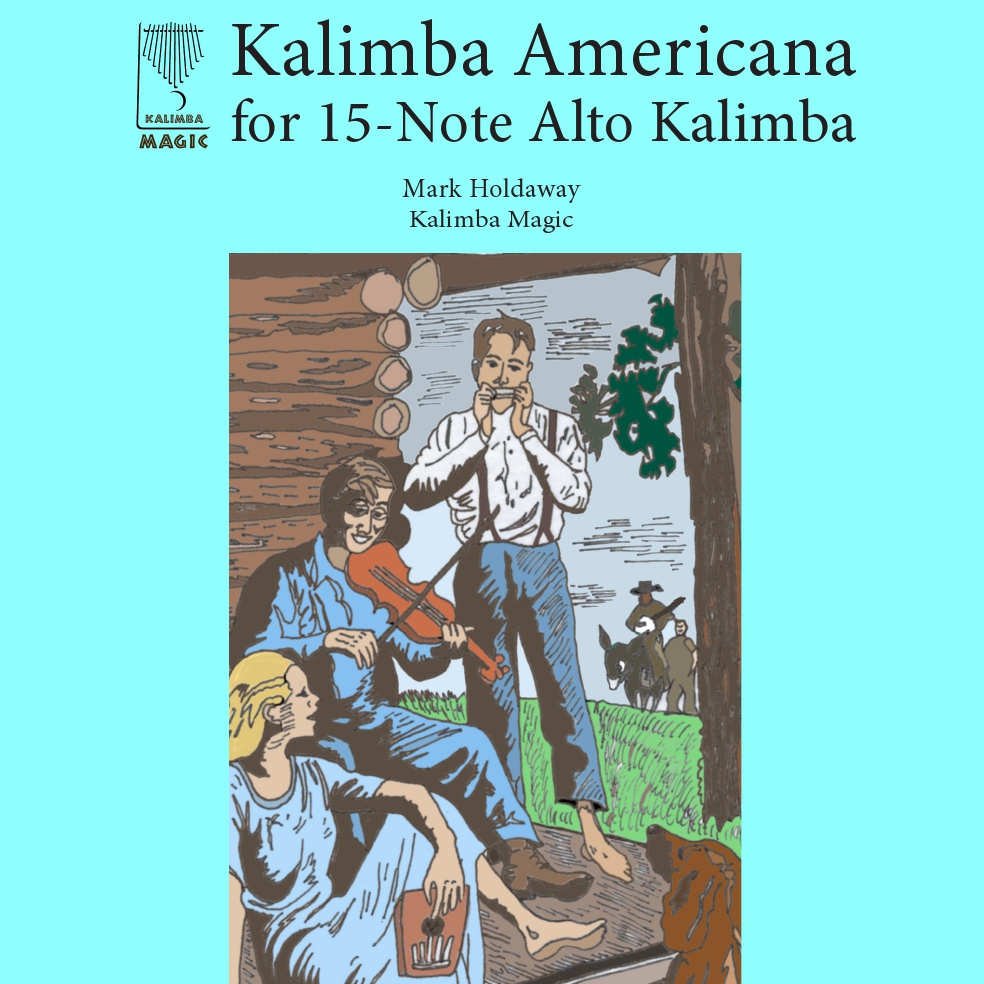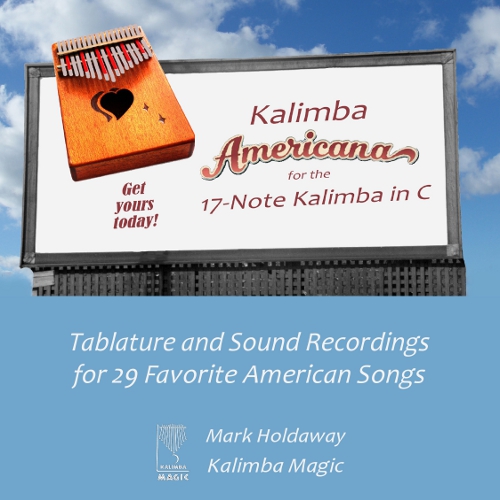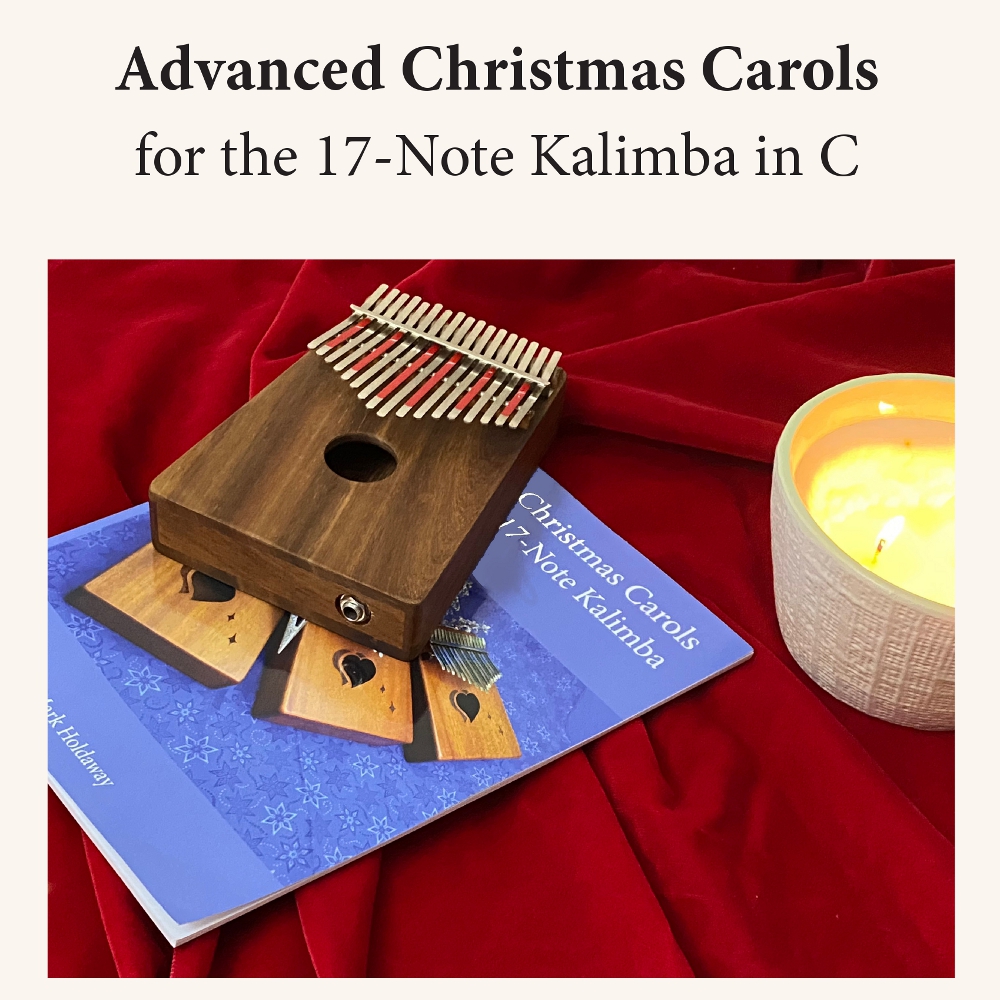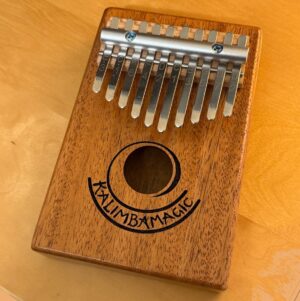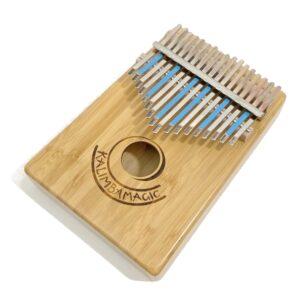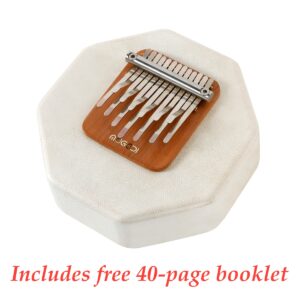
US Supreme Court Dooms the World to Excessive Climate Change – Please Act Now
I will spare you my general opinions of the US Supreme court, and the details of how we got to this place. I recognize the right of all people to hold their own beliefs, and I trust that the world is a better place when we are able to hear and understand each other. But the US Supreme Court, in denying that the US Environmental Protection Agency (EPA) is not legally permitted to regulate green house gases is essentially dooming the entire world to a more-or-less unlivable future. This could doom approximately half of all species of living things on earth over the next few centuries as habitat becomes
